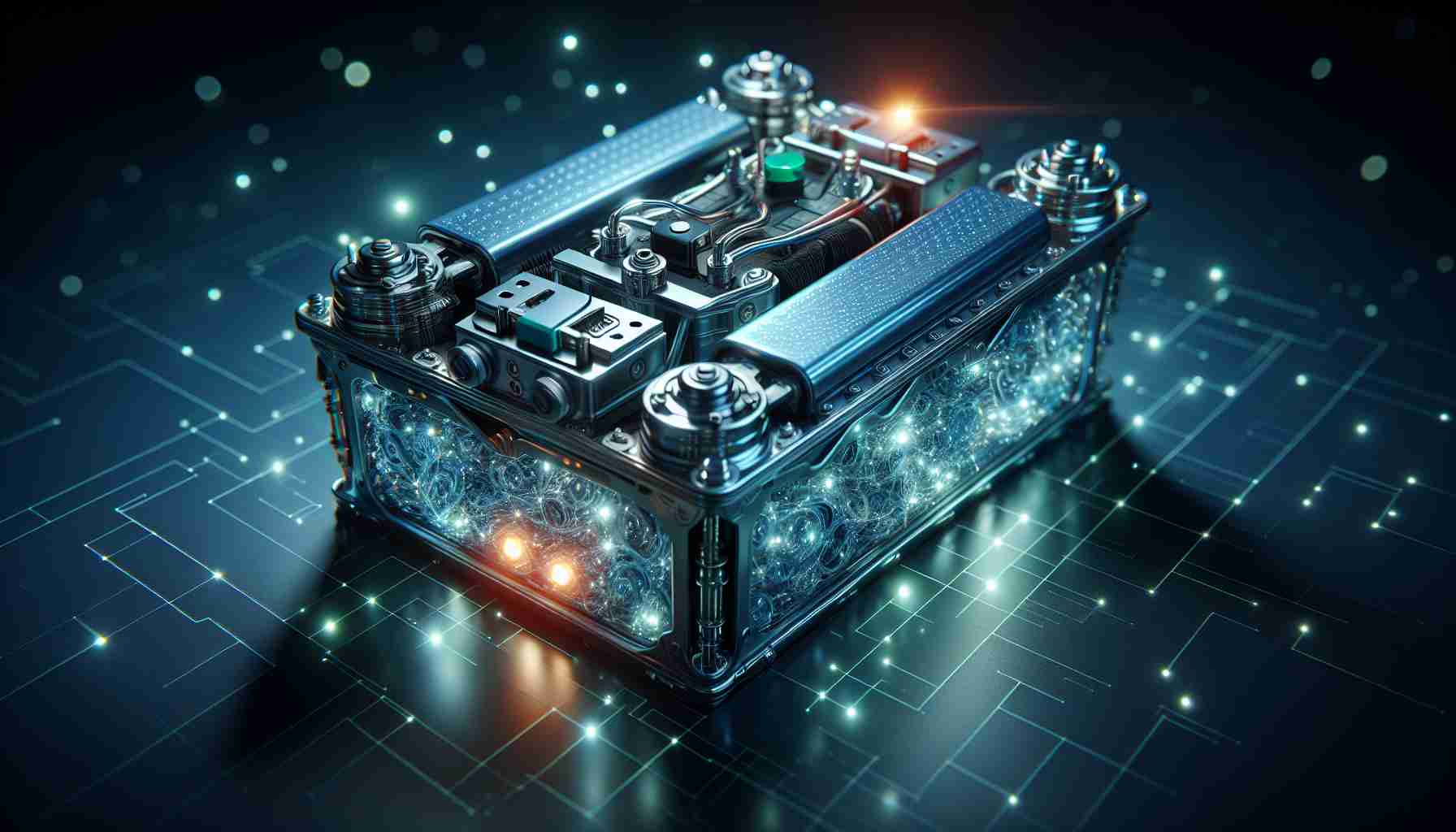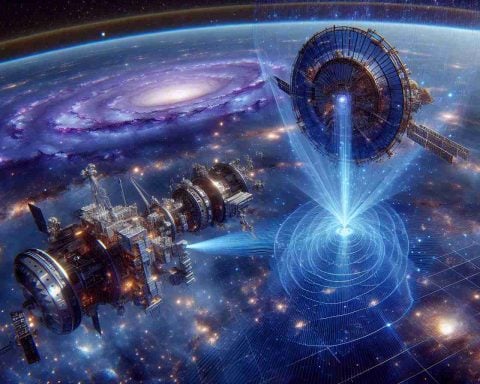- Honda leads the charge in solid-state battery (SSB) innovation, addressing key EV adoption barriers such as range anxiety and charging times.
- A demonstration production line in Sakura City, Japan, positions Honda to mass-produce SSBs by 2025, marking a significant milestone in the industry.
- New roll-pressing technology improves battery efficiency and energy density, eliminating air gaps for better performance.
- An innovative polymer barrier mitigates dendrite growth, significantly enhancing battery longevity and reliability.
- Beyond cars, Honda aims to integrate SSBs into motorcycles, aircraft, and marine vessels for comprehensive electrification.
- SSBs offer benefits like higher energy density and faster charging, but challenges like high production costs may affect initial adoption.
- The solid-state battery market is expected to grow notably, driven by growing demand for sustainable energy solutions by the year 2030.
The automotive world stands on the cusp of a thrilling transformation, and at the head of this charge is Honda, pioneering a new era with its cutting-edge solid-state batteries (SSBs). As the global shift towards sustainable electric vehicles (EVs) intensifies, challenges like range anxiety and sluggish charging have remained barriers. Honda’s groundbreaking breakthroughs are poised to be the catalyst for a new wave of EV adoption.
State-of-the-Art Production: In Sakura City, Japan, Honda has launched a futuristic demonstration production line, setting the stage for mass manufacturing by 2025. This ambitious setup showcases Honda’s dedication to leading the SSB revolution.
Innovative Manufacturing Techniques: With its unique roll-pressing technology, Honda is enhancing battery efficiency by eliminating air gaps, ensuring better electrical conductivity and increased energy density.
Dendrite Prevention: Tackling notorious issues like dendrite growth, Honda introduces a clever polymer barrier, enhancing battery life and reliability—a significant improvement over traditional lithium-ion batteries.
Diverse Applications: Honda’s vision extends beyond automobiles. The company aims to seamlessly integrate solid-state technology into motorcycles, aircraft, and marine vessels, offering a holistic approach to electrification across various transportation avenues.
Pros and Cons: The benefits of SSBs are numerous: higher energy density, faster charging, increased safety, and extended lifespan. However, challenges like high production costs and current technological maturity may impact initial widespread adoption.
Market Forecast: As industry giants like Honda advance, the solid-state battery market is primed for substantial growth. By 2030, experts predict the market could soar, driven by increasing demand for sustainable energy solutions.
With Honda leading this electrifying journey, the future of mobility promises to be groundbreaking. Get ready for a revolution in electric mobility that could redefine how we travel, forever changing the landscape of transportation.
Revolutionizing Electric Mobility: Honda’s Leap into Solid-State Batteries
The automotive industry is buzzing with excitement as Honda navigates uncharted territories with its innovative solid-state batteries (SSBs). This breakthrough could address persistent challenges such as range anxiety and slow charging, paving the way for a new era in electric vehicle (EV) adoption.
Key Insights into Honda’s Solid-State Battery Revolution
# 1. What makes Honda’s SSBs different from traditional batteries?
Honda’s SSBs versus Traditional Lithium-ion Batteries:
Honda’s solid-state batteries showcase significant advancements over conventional lithium-ion variants. Their SSBs boast greater energy density, allowing vehicles to travel further on a single charge. The roll-pressing manufacturing technique enhances efficiency by eliminating air gaps, crucial for better electrical conductivity. Moreover, the dendrite prevention strategy using a polymer barrier ensures longer battery life and reliability, promising safer and more robust energy storage solutions.
# 2. How does Honda’s commitment to SSBs impact the broader transportation industry?
Diverse Applications Beyond Automobiles:
Honda is not limiting its innovation to cars alone. By integrating solid-state technology into motorcycles, aircraft, and marine vessels, Honda envisions a comprehensive shift towards electrification across multiple sectors. This move not only expands the potential applications of SSBs but also aligns with global sustainability goals, reducing dependency on fossil fuels in various transportation modes.
# 3. What are the market forecasts for SSB technology, and how is Honda positioned within this growth?
SSB Market Growth and Honda’s Future Prospects:
The solid-state battery market is on the cusp of explosive growth. Analysts foresee a significant surge by 2030, driven by the increasing need for sustainable energy solutions. Honda’s pioneering developments and strategic investments in SSB manufacturing position it well to capitalize on this trend. With their groundbreaking production line in Sakura City set for mass rollout by 2025, Honda is likely to emerge as a leader in the SSB market, impacting global transportation philosophies.
Suggested Resources for Further Exploration
– Explore Honda’s corporate innovations: Honda
– For insights on EV trends and technology: Tesla
– Discover more about global sustainability initiatives: United Nations
Challenges and Considerations
Pros and Cons of SSBs:
While the advantages of solid-state batteries are numerous—from higher energy density and faster charging times to increased safety and extended lifespan—there are challenges ahead. High production costs and the current stage of technological maturity present obstacles that may hinder immediate widespread adoption. However, as advancements continue, these hurdles are likely to diminish.
Conclusion and Predictions
With Honda steering this electrifying journey, the future of mobility holds groundbreaking potential. The transition to SSBs marks a monumental shift that could redefine travel, bolstering sustainable transportation infrastructure for a cleaner, greener world. As we look toward 2030, Honda’s commitment to innovation may catalyze the global adoption of solid-state technology, forever altering the landscape of mobility.













